Dog Care
Tools for Possibilities: issue no. 55
Once a week we’ll send out a page from Cool Tools: A Catalog of Possibilities. The tools might be outdated or obsolete, and the links to them may or may not work. We present these vintage recommendations as is because the possibilities they inspire are new. Sign up here to get Tools for Possibilities a week early in your inbox.
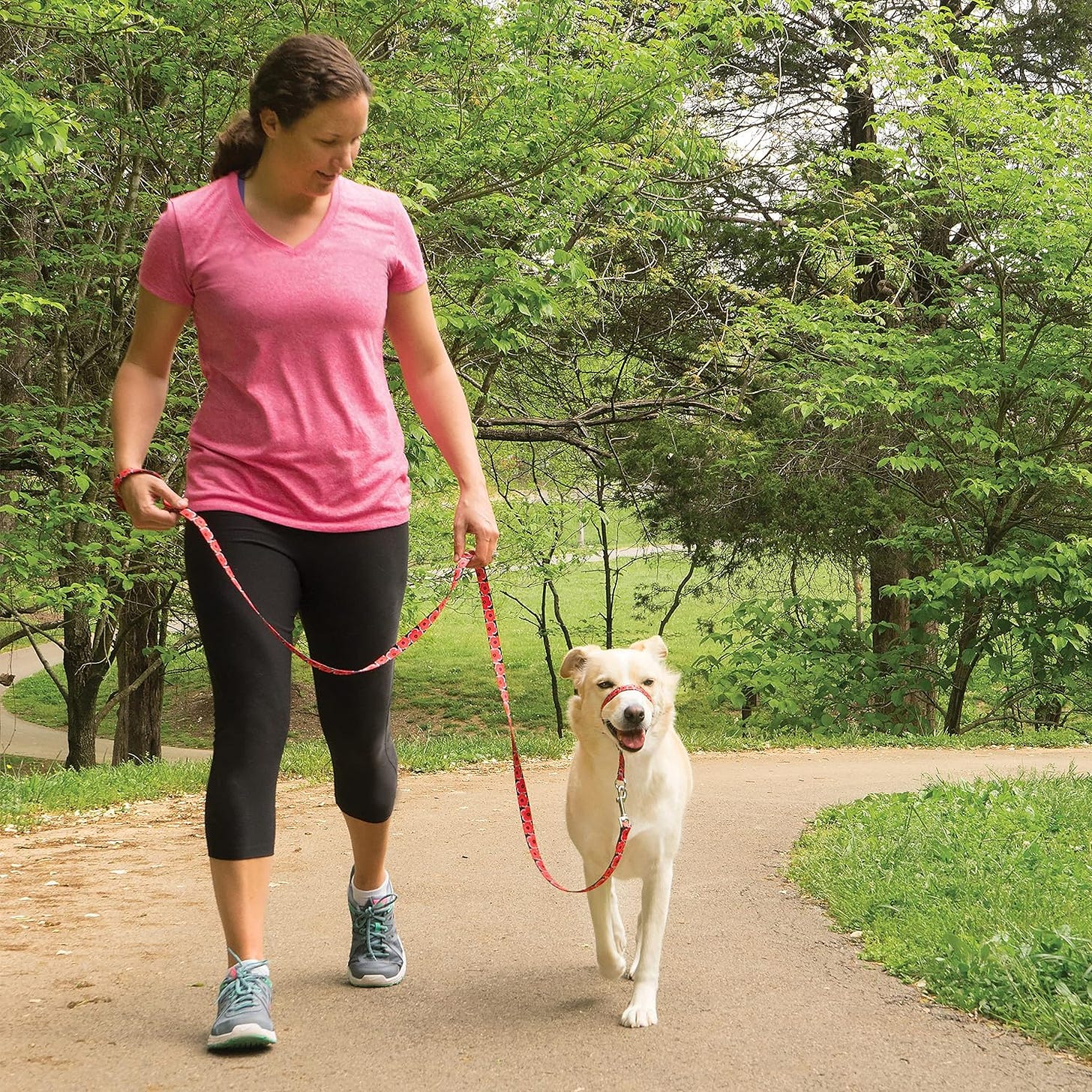
No more taut leads
I have had the Premier Gentle Leader Headcollar for about a year now. We have a somewhat rambunctious Bearded Collie (which is to say, a typical Bearded Collie). And whenever we walked him he would go somewhat bananas pulling at the leash or jumping off in random directions no matter what we tried: treats, collars, harnesses, even that “CHHHHT!” noise that Cesar Millan recommends. Nothing kept him consistently manageable.
The Gentle Leader, on the other hand, just works. It is some sort of black magic from the Animal Gods.
Actually, it’s not; it works based on how it’s put together and how it attaches which is in such a way that if the dog pulls or jumps, his nose is GENTLY tugged downward. It turns out dogs do not like this, so they quickly learn to avoid it by walking at your pace calmly.
I went from a leash that was as tight as piano wire on most walks, requiring a lot of upper body strength to keep our 45lb Beardie in check, to a pretty much completely slack leash — allowing a much more leisurely, less tiring, and more enjoyable walk. — Steve Coallier
The headcollar uses a nose loop and a neck strap. The nose loop encircles the dog’s muzzle in the same way a “pack leader” gently but firmly grasps a subordinate’s muzzle in his mouth, giving the dog a clear signal that you are the leader. The neck strap puts pressure on the back of the neck, working with the dog’s “opposition reflex,” the natural instinct of dogs to push against pressure rather than move away. Thus the dog instinctively leans back against the pressure, putting an end to leash pulling. The literature that comes with the collar claims that most dogs respond with a dramatic change in behavior in less than 10 minutes. I can attest to this. Our dog Maroon gave a few good tugs, bucked a few times and then began walking calmly beside me, not once pulling. — Michele McGinnis
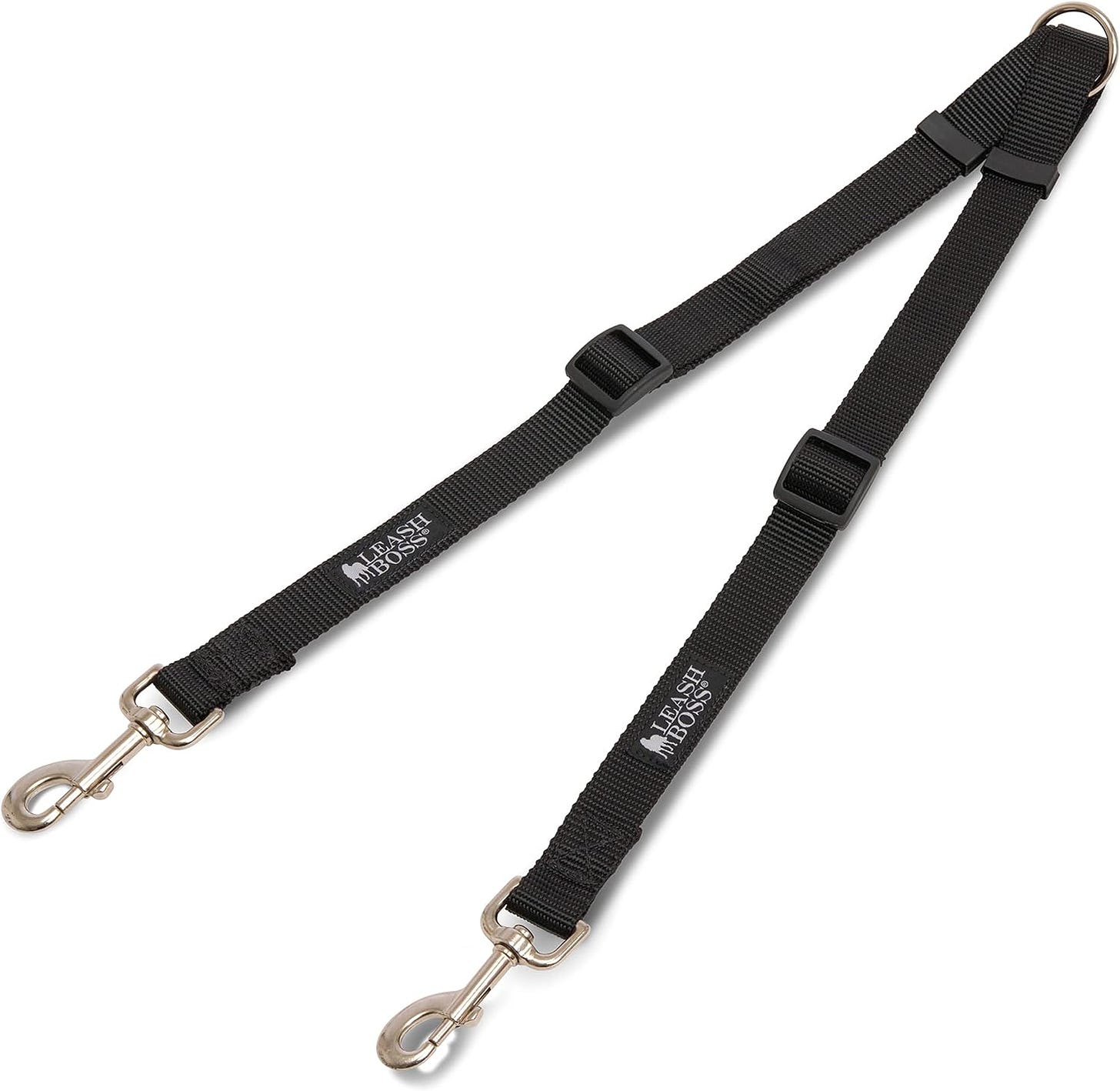
No tangle two dog leash
This leash lets us walk the two dogs simultaneously with no tangles. Thanks to the riveted connectors, they can cross back and forth to their hearts’ content, with no adjustment necessary on our part.
It looks like several companies make these, but I couldn’t find a link for the exact kind we use. The site below promises its version can accommodate three or more dogs. —John Endicott
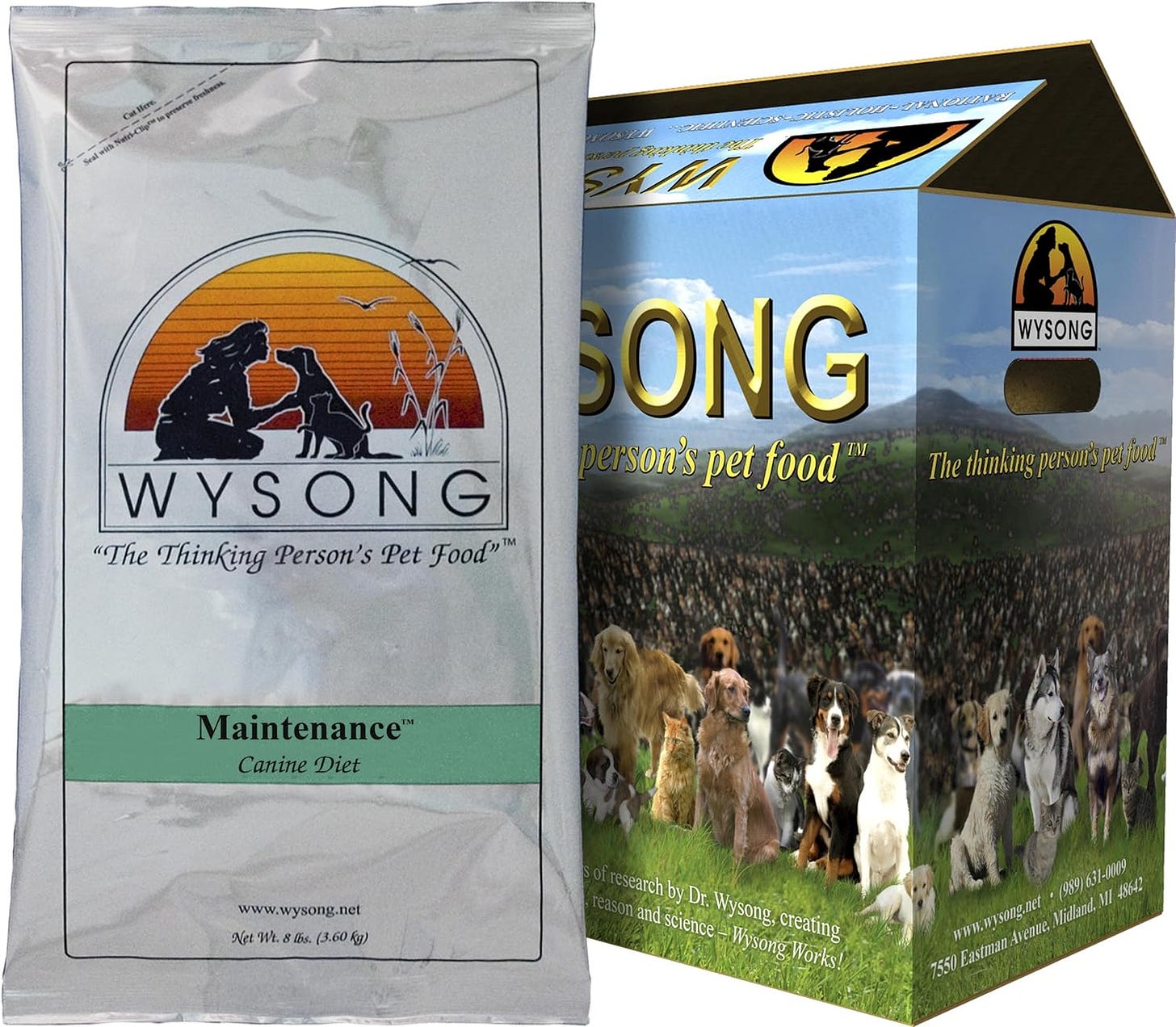
Highly natural pet foods
The Wysong line of pet foods was started by veterinarian Randy Wysong, a long-time critic of the pet food industry. Wysong foods are specifically designed to optimize health, not simply meet regulatory standards. Their ingredients are made from fresh meats and non-processed living foods. They are additive free and use only natural preservation. A diet of Wysong pet food is only part of the philosophy of Wysong’s Optimal Health Program. According to the program, a diet of hunted, raw prey is the healthy ideal for carnivores. At the unhealthy end of the diet spectrum would be generic foods alone. And in between these extremes are various combinations of Wysong foods, supplements, nutritional supports, and raw and cooked foods.
I’ve tried many brands of generic, premium, and high end “healthy” pet foods over the years. Wysong is simply the best. Whether or not you subscribe to Wysong’s philosophy or follow its optimal health pyramid, its maintenance diets (just the dry food alone without the supplements, supports, raw & cooked foods) have made a discernible difference in our dogs’ health. There is a noticeable improvement in coat health – their coats are much smoother and shinier whereas before Wysong they were more coarse and dull. However, the most significant difference has been with our dog, Maroon. For six years, he suffered from an undiagnosed gastric upset that caused him to vomit several times per week. Since switching to Wysong Senior almost 1 year ago, his vomiting has stopped completely.
Wysong can be purchased at most stores selling pet food products and online from Wysong. A 40 lb box of food costs $40 at my local pet store. — Michele McGinnis
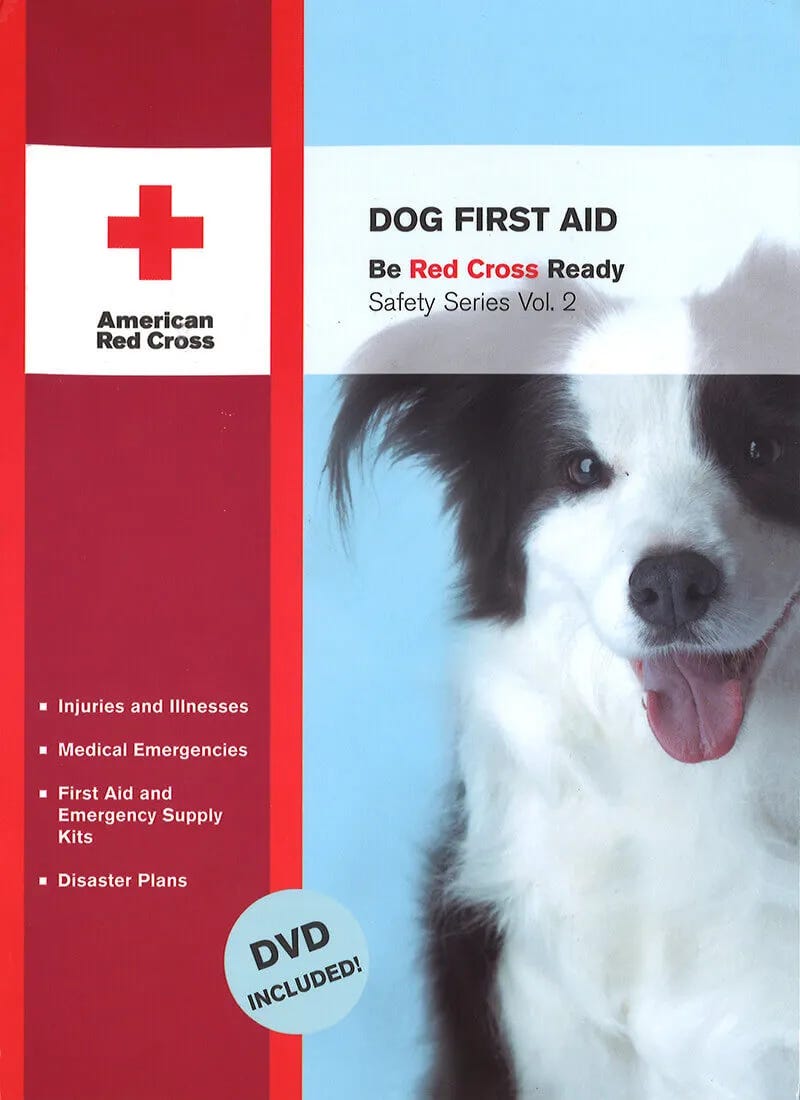
Basic canine care
If you’re caring for a multitude of critters, the previously-reviewed Merck/Merial Manual For Pet Health is essential. If you’ve never had a dog or, for whatever reason, never took the time to do your due diligence, the Red Cross’ Dog First Aid is an excellent primer and quick emergency guide worth reviewing and keeping handy. Beyond the basics of general care, the guide provides short, clear instructions and photos (plus a DVD) on how to diagnose and tackle everything from choking, pad wounds, anal sac swelling (it happens), constipation, bite wounds, burns and ear infections to frostbite, electric shock (cord bites), parasites and the more esoteric afflictions you hope never to see, like “rectal prolapse.” There’s also a checklist and instructions on how to assemble the ultimate first aid kit (the list is much longer than I would have imagined).
Our best buddy’s been with us for five years and — *knock wood* — we’ve had only one serious emergency, which luckily happened outside the vet’s office: anaphylactic shock due to an allergy. As time passes, of course, the chances of potential emergencies and health issues will inevitably increase. I know the little dude appreciates our preparedness. — Steven Leckart
Nails (Broken or Torn Toenails)
What You Can Do.
If the nail is bleeding, apply styptic powder to the area… You can also try applying direct pressure to the nail with a piece of gauze or clean cloth for 5 minutes. If you do not have these items available, try the following:
- Take a bar of soap and push it into the bleeding nail, or apply flour or cornstarch to the area with firm pressure for 5 minutes.
- If you are not successful, wrap the paw (See Pad Wounds, page 89.) After bandaging the paw, transport your dog to a veterinary hospital.
If you are able to stop the bleeding at home, wait 1 day (to make sure you do not disturb the clot that has formed) then soak the paw in warm water and a saline solution to help it heal. Monitor the site for infection, as evidenced by swelling, pain, redness and reluctance to put weight on the paw. If any of these signs appear, take your dog to a veterinarian.
Tourniquet Technique
Use only on limbs — never place a tourniquet on the neck!
- Wrap a strip of cloth or gauze (about 2 inches wide) twice around the limb above the bleeding area. DO NOT MAKE A KNOT.
- Tighten the gauze or cloth by wrapping each end around a rigid object, such as a stick.
- Turn the stick slowly and just enough to stop blood flow. Write the time on a piece of tape on the tourniquet.
- Loosen the tie for several seconds at least every 10 minutes to help avoid permanent tissue damage.
- Be aware that the interrupted blood supply may cause your dog to lose the limb.
- Take your dog to a veterinarian immediately.
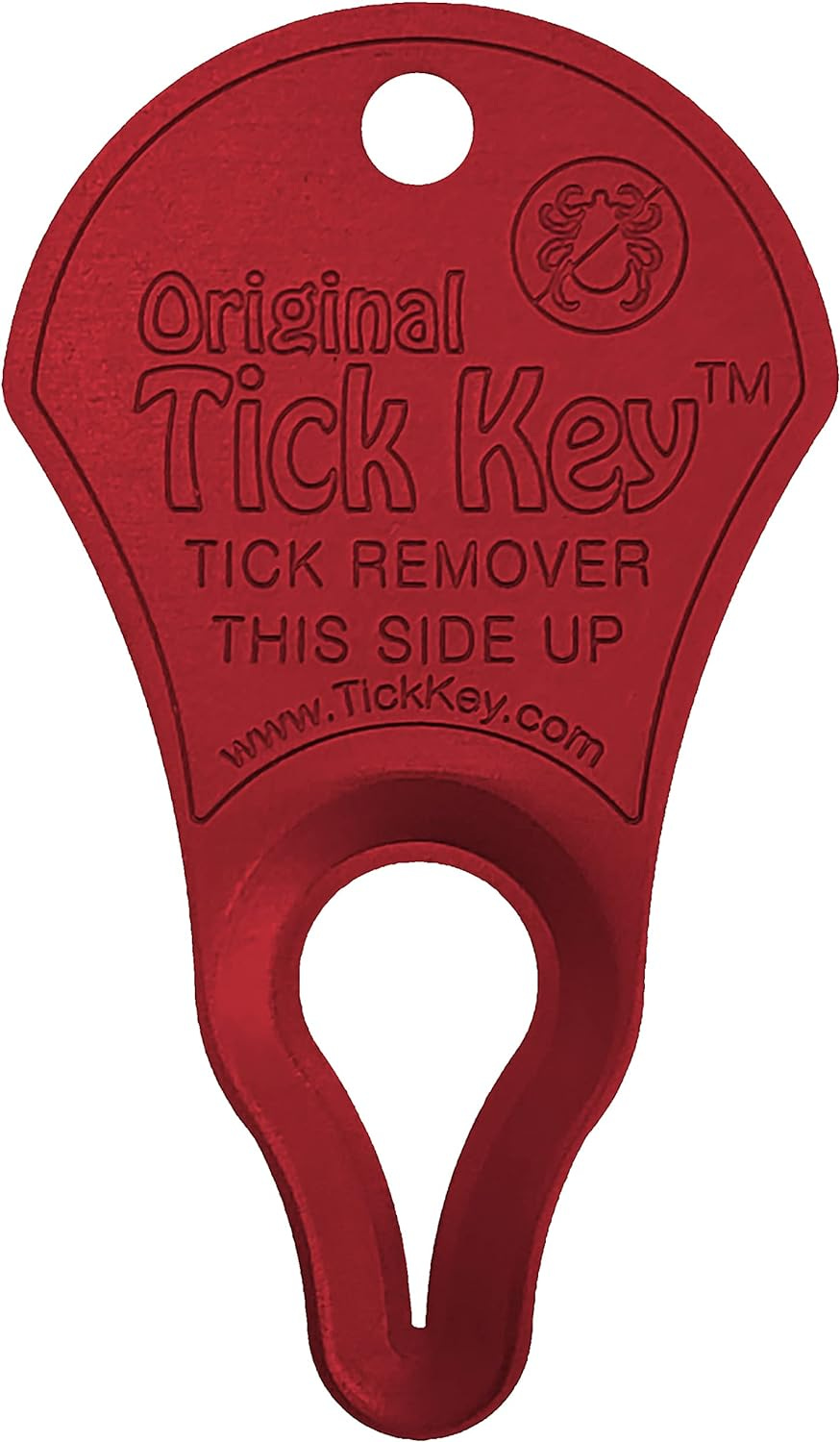
Always handy tick remover
Though I wish my dog’s tick prevention worked 100% of the time, it just doesn’t. The Tick Key makes the unpleasant task of removing ticks much easier. I purchased the key shaped tool a year ago after noticing it by the cash register at my local outdoor store. All I do is align the larger end of the key’s opening over the tick, draw the tool toward the narrow part of the opening, and the little sucker just pops right out. My favorite canine, who always dreaded our approach with tweezers and made tick extraction an exercise in fortitude and contortionism, is not bothered by this method at all. — Amy Reavey
10/9/23





